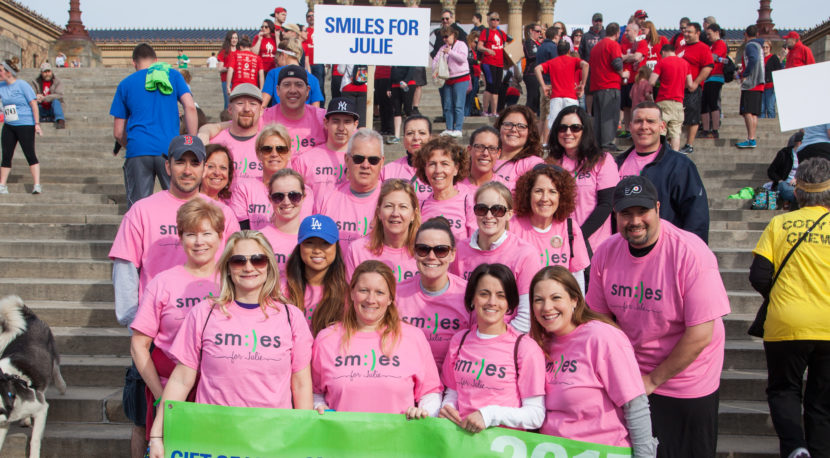
Along with the hundreds of walkers and runners in the annual Donor Dash, there are countless others present only in the hearts and memories of donor families–those loved ones who have given the gift of life after their deaths. In addition to being an important event for its awareness and fundraising functions, the Dash also serves as a healing ritual for the community of organ and tissue donor families.
When words aren’t adequate to express the depth of our experience, it’s time to turn to rituals, says Dr. Alan Wolfelt, director of the Center for Loss. “Rituals are symbolic activities that help us, together with our family and friends, express our deepest thoughts about life’s most important events.”
There are 3 key components of rituals that make them meaningful: they are public, they follow traditional forms, and they are symbolic in nature. We acknowledge major life events by sharing them publically with friends, family and community. We invite others to witness both our joy in marking a marriage with a wedding, and our sorrow in loss with a funeral. Ceremonies such as these provide a support system as well as a sense of being part of something larger than ourselves. The Donor Dash is a public event that brings together hundreds of families with a common experience. Although donation takes place in isolation, at the Donor Dash it is evident that each family is not alone, but belongs to a much larger community; those who generously supported organ and tissue donation at their time of loss.

Rituals usually follow a traditional form. For example, although weddings and graduations vary in format, we know one when we see one. Sponsored walks for causes like breast cancer or organ and tissue donation awareness are newer events, but they, too, are familiar and recognizable. Being part of a tradition can also provide a sense of continuity and connection to a cause. When donor families walk together, they commemorate their loved one by doing something that the person who died would have appreciated; by honoring a cause that they contributed to in the most meaningful way.
Symbolic objects and acts in rituals often contribute the most meaning. Symbols transcend words to express our emotions and beliefs, and connect us with those we remember. Looking out over the crowd at the Donor Dash, what is most noticeable is the colorful teams in bright shirts. These shirts, often with the name and photo of the donor, are vivid symbols of the love that doesn’t end with death. The act of walking together is also symbolic. In facing the same direction and going forward together, we bring our loved ones with us in our hearts and memory. Together we remember them, we honor them, and we bring them along with us into the rest of our lives.
In grief we often feel alone and isolated. Rituals help us mourn and heal. We hope that the Donor Dash provides a meaningful opportunity for remembering your loved one as well as a better understanding of how grateful the community is for their gifts.
You can learn more about the Dash and how to create your own team in honor of your loved one here.
